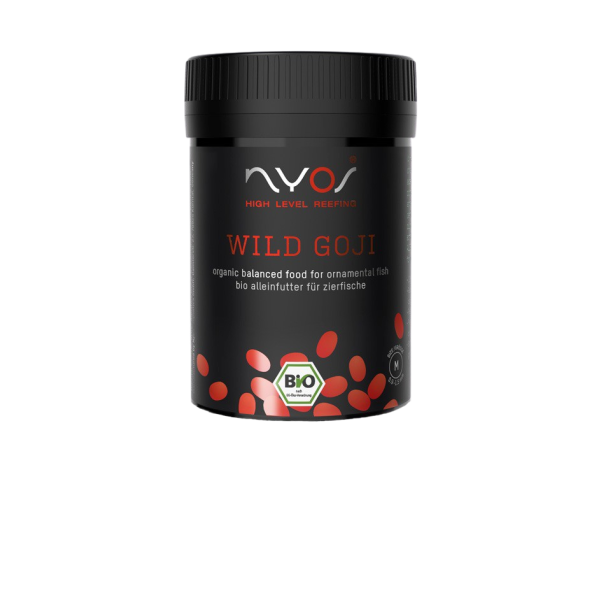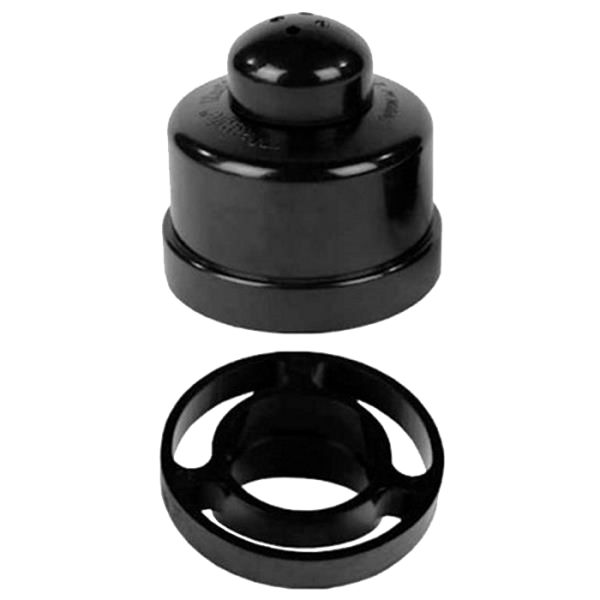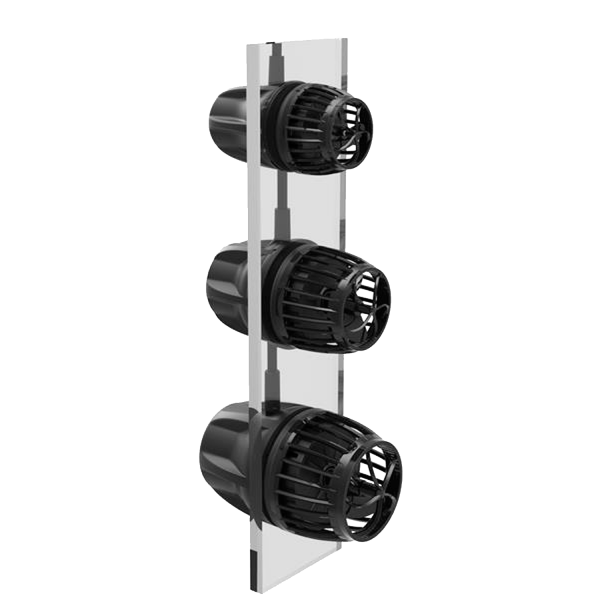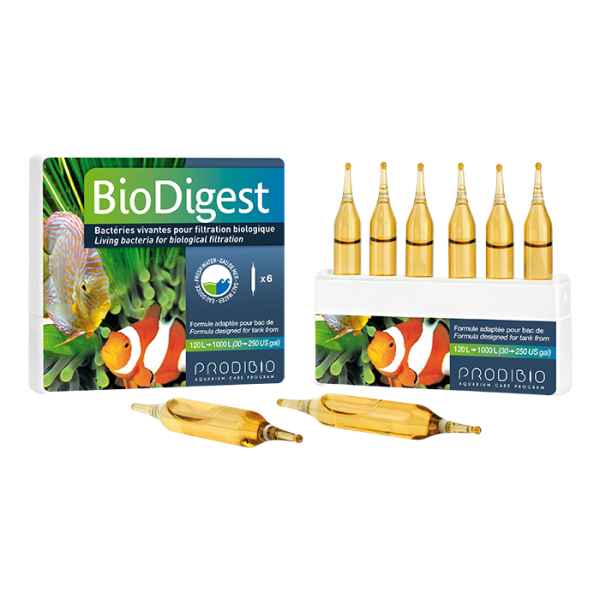Apogee MQ-100 Quantum-Meter
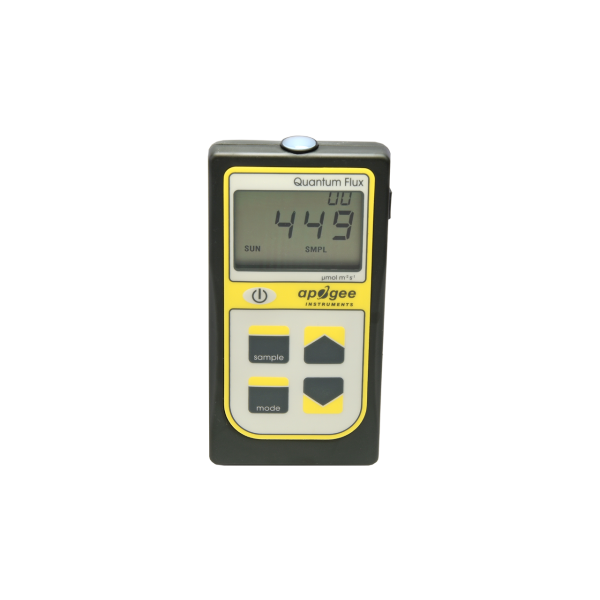
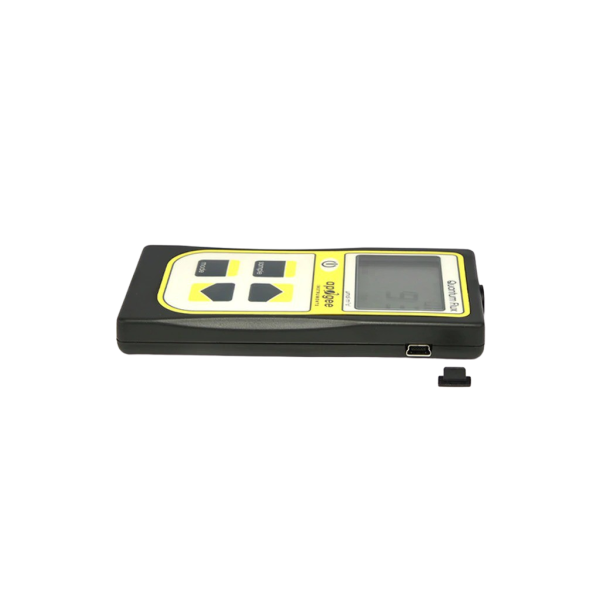
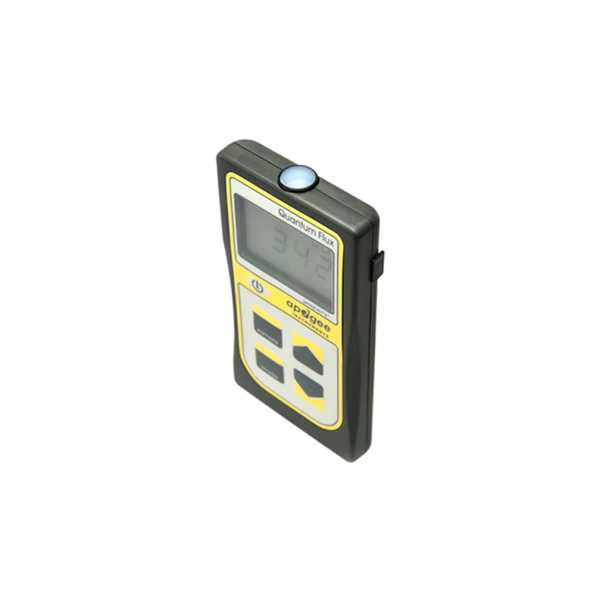
Quantum Original Sensor
- integrated sensor
- fast response time
- accurate measurements
- Manufacturer:Apogee Instruments
- SKU:13127
The MQ-100 has a sensor integrated into the top of the hand-held meter that displays and stores measurements. Typical applications include PPFD measurement over plant canopies in outdoor environments, greenhouses, and growth chambers, and reflected or under-canopy (transmitted) PPFD measurements in the same environments.
Datalogging CapabilitiesThe meter has a sample and log mode, and will record an integrated daily total in mol m-2 d-1. Sample mode will record up to 99 manual measurements. Log mode will power the meter on/off to make a measurement every 30 seconds.
Every 30 minutes the meter will average the sixty 30 second measurements and record the averaged value to memory. The meter can store up to 99 averages, once full it will start to overwrite the oldest measurement with new ones. An integrated daily total will be recorded from the 48 averaged measurements (making a 24 hr period).
Sample and log measurements can be reviewed on the LCD display or by downloading the data to a computer, however, the integrated daily total can only be viewed by downloading the data to a computer. Downloading data to a computer requires the AC-100 communication cable (a standard USB cable will not work) and Apogee-AMS software.
MountingAccurate readings require that the sensor be mounted level. The AL-210 leveling plate is designed to hold meters with integral sensors (Models MQ-100, MP-100, MU-100) in a stable and level orientation to maximize the accuracy of your meter.
Apogee MQ series quantum meters are designed for spot-check measurements, and calculation of daily light integral (DLI; total number of photons incident on a planar surface over the course of a day) through the built-in logging feature. To accurately measure PFFD incident on a horizontal surface, the sensor must be level. For this purpose, each MQ model comes with a different option for mounting the sensor to a horizontal plane.
The AL-210 leveling plate is recommended for use with the MQ-100. The AL-100 leveling plate is recommended for use with the MQ-200.
MQ-300 series line quantum sensors are leveled using the built-in bubble level located in the handle of the sensor. In addition to leveling, all sensors should also be mounted such that obstructions (e.g., weather station tripod/tower or other instrumentation) do not shade the sensor.
MQ series quantum meters are designed with a user-friendly interface allowing quick and easy measurements.
To power the meter, slide the included battery (CR2320) into the battery holder, after removing the battery door from the meter’s back panel. The positive side (designated by a “+” sign) should be facing out from the meter circuit board.
- Press the power button to activate the LCD display. After two minutes of non-activity the meter will revert to sleep mode and the display will shut off to conserve battery life.
- Press the mode button to access the main menu, where the appropriate calibration (sunlight or electric light) and manual or automatic logging are selected, and where the meter can be reset.
- Press the sample button to log a reading while taking manual measurements.
- Press the up button to make selections in the main menu. This button is also used to view and scroll through the logged measurements on the LCD display.
- Press the down button to make selections in the main menu. This button is also used to view and scroll through the logged measurements on the LCD display.
The LCD display consists of the total number of logged measurements in the upper right hand corner, the real-time PPFD value in the center, and the selected menu options along the bottom.
Calibration: To choose between sunlight and electric light calibration, push the mode button once and use the up/down buttons to make the appropriate selection (SUN or ELEC). Once the desired mode is blinking, press the mode button three more times to exit the menu.
Logging: To choose between manual or automatic logging, push the mode button once and use the up/down buttons to make the appropriate selection (SMPL or LOG). Once the desired mode is blinking, press the mode button two more times to exit the menu. When in SMPL mode press the sample button to record up to 99 manual measurements (a counter in the upper right hand corner of the LCD display indicates the total number of saved measurements). When in LOG mode the meter will power on/off to make a measurement every 30 seconds. Every 30 minutes the meter will average the sixty 30 second measurements and record the averaged value to memory. The meter can store up to 99 averages and will start to overwrite the oldest measurement once there are 99 measurements. Every 48 averaged measurements (making a 24 hour period), the meter will also store an integrated daily total in moles per meter squared per day (mol m-2 d-1).
Reset: To reset the meter, in either SMPL or LOG mode, push the mode button three times (RUN should be blinking), then while pressing the down button, press the mode button once. This will erase all of the saved measurements in memory, but only for the selected mode. That is, performing a reset when in SMPL mode will only erase the manual measurements and performing a reset when in LOG mode will only erase the automatic measurements.
Review/Download Data: Each of the logged measurements in either SMPL or LOG mode can be reviewed on the LCD display by pressing the up/down buttons. To exit and return to the real-time readings, press the sample button. Note that the integrated daily total values are not accessible through the LCD and can only be viewed by downloading to a computer.
Downloading the stored measurements will require the AC-100 communication cable and software (sold separately). The meter outputs data using the UART protocol and requires the AC-100 to convert from UART to USB, so standard USB cables will not work. Set up instructions and software can be downloaded here from the Apogee website.
| Dimensions (LxWxH): | 126 x 70 x 24 mm |
| Spectral Range: | 410 nm to 655 nm (wavelengths where response is greater than 50 % of maximum) |
| Long-term Drift (Non-stability): | Less than 2 % per year |
| Response Time: | Less than 1 ms |
| Operating Environment: | 0° to 50° C; less than 90 % non-condensing relative humidity up to 30° C; less than 70 % non-condensing relative humidity from 30° to 50° C; separate sensors can be submerged in water up to depths of 30 m. |
| Do not use for underwater measurements. |
